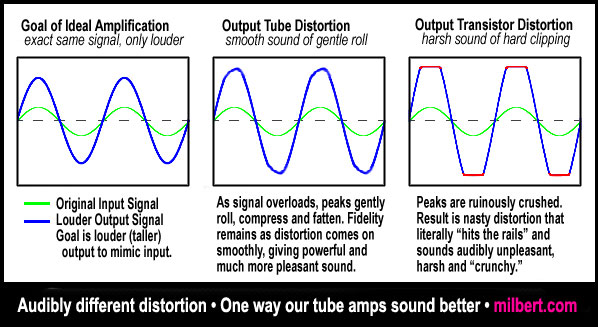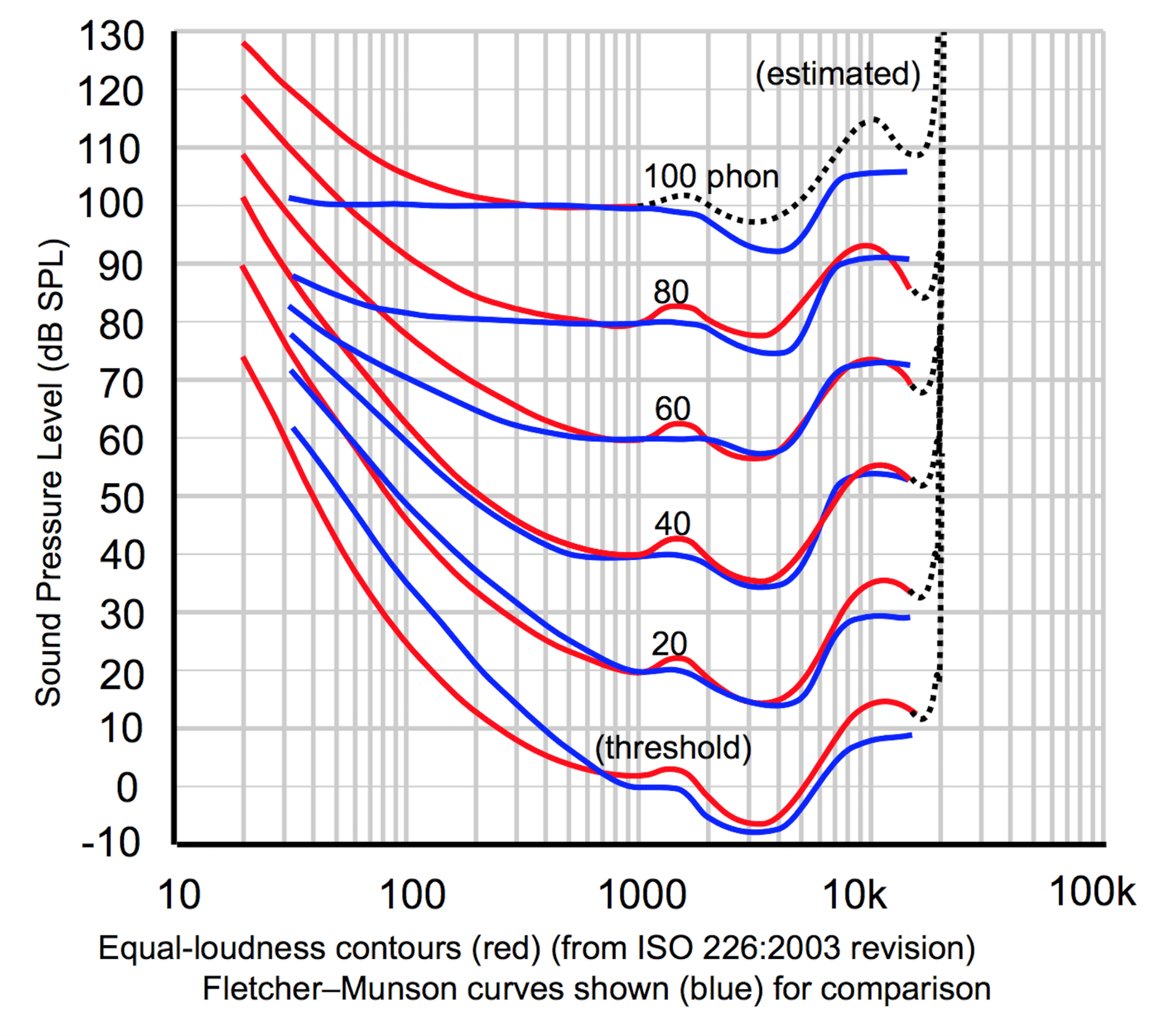160000 watts of RUSH
“You can feel the stress watching this. By far one of the best behind the scenes tour documentaries.”
https://www.youtube.com/watch?v=zMM8JqKP4uw
The mention of one-hundred sixty thousand watts, holy cow, that’s huge! actually breaks down this way: Every doubling of power is represented as 3 dB, but it takes 10 dB difference to make something sound (to most humans) “twice as loud” or “twice as quiet”.
So 160,000 watts sounds only about twice as loud as 20,000 watts (that’s about 9dB difference, which is almost 10dB difference, which “sounds twice as loud”). 20k x 2 (or +3 dB) = 40k x 2 (or +3 dB) = 80k x 2 (or +3 dB) = 160k.
20,000 watts sounds only about twice as loud as 2,500 watts.
2,500 watts sounds only about twice as loud as 312 watts.
So that’s a total of only 3 doublings, or “sounding twice as louds” — so 160,000 watts is generally perceived to sound only about 8 times louder compared to 300 watts. Logarithms and human perception via biological systems are involved, making what may seem obvious not actually be so obvious.
Rule of thumb: Every 10 dB increase in power (or, 10x the wattage) yields approximately a “doubling of loudness”. So:
- 300 watts sound twice as loud as 30 watts.
- 3,000 watts sound twice as loud as 300 watts (and 4 times louder than 30 watts).
- 30,000 watts sound twice as loud as 3,000 watts; four times louder than 300 watts; eight times louder than 30 watts.
- 300,000 watts sound twice as loud as 30,000 watts; four times louder than 3,000 watts; eight times louder than 300 watts; sixteen times louder than 30 watts.

Because the Fletcher-Munson curves of hearing response further affect perception of loudness, it is apparent that the seemingly whopping 160,000 is really not all that much, when you figure in distance from speaker to listener, figure in absorption of sound pressure energy by bodies, clothing, water-heavy exhalation of tens of thousands of listeners, and the high probability that the speakers are by design “heavy-duty”, and therefore, inescapably, “low-efficiency” so as to preclude being damaged easily.
The fact that you can hear all of your nearby neighbors, whilst at any position in the arena, at least somewhat compared to the 160,000 watt powered stacks proves how important distance is to sound pressure level, i.e., how quickly the energy dissipates (at square of distance, theoretically).
More here https://milbert.com/articles/how_loud_is_50_watts
When comparing the wattage of audio amplifiers, it’s important to note that wattage alone doesn’t directly correlate to loudness. The perceived loudness of sound depends on various factors, including the efficiency of the speakers, the sensitivity of the human ear at different frequencies, and the acoustic environment.
However, as a rough estimate, let’s consider the difference in power output between these amplifiers:
– A 300-watt amplifier is capable of producing sound at a certain volume level.
– A 30-watt amplifier is 90% less ‘powerful’ than the 300-watt amplifier.
– A 160,000-watt amplifier, like the “RUSH” you mentioned, is much (533x) more powerful than both.
While it’s true that the 160,000-watt amplifier has substantially more power than the 300 and 30-watt amplifiers, the increase in perceived loudness may not be as dramatic as one might expect. This is due to the logarithmic nature of human hearing, where each doubling of (wattage) power results in roughly only a 3 dB increase in perceived loudness (and a perceived doubling of loudness requires approximately 10 dB increase). Therefore, even though the 160,000-watt amplifier is much more powerful in wattage rating (5,333x), it may only sound approximately 16 times louder than the 30-watt amplifier.

Psychoacoustics factor into perceived loudness also. For example, an amplifier that compresses gently prior to abruptly hard clipping (and thus causing radical waveform and harmonic distortions) is usually perceived as sounding “more powerful” than comparably (by wattage) rated amplifiers that clip more abruptly without first gently compressing.
Tube amplifiers tend to gently compress prior to hard clipping and are therefore generally perceived to ‘sound more powerful than’ comparably rated transistorized amplifiers.
Said another way: A tube amplifier of lesser wattage is often generally perceived as sounding louder than similar or somewhat more powerful transistorized amplifiers (which present hard clipping without gentle compresison).
Said another way: A tube amplifier may generally be driven further into distortion before sound quality degradation becomes objectionable thus allowing it to generally be perceived as able to play somewhat louder than comparably-rated (by wattage) transistorized amplifiers.
Moreover, the character of the gentle compression as a tube amplifier is driven further into overload tends to comparatively introduce more coherent and harmonious distortions versus the ‘sharp crackle’ of severe hard clipping usually more common amongst transistorized amplifiers.
In these broad and general observations, it is the gentle onset and characteristics of the overload which account for the differing perceptions …at least that is the present working theory as generally accepted.
